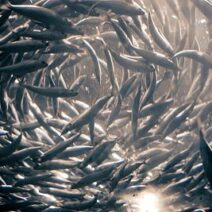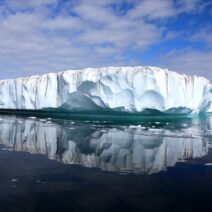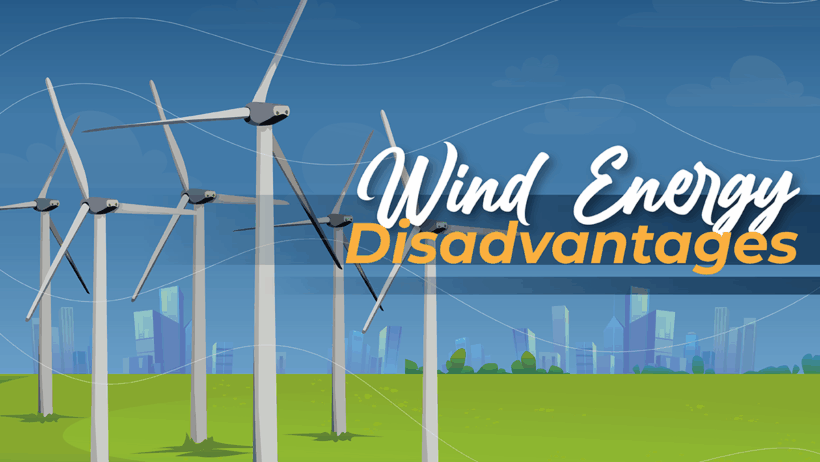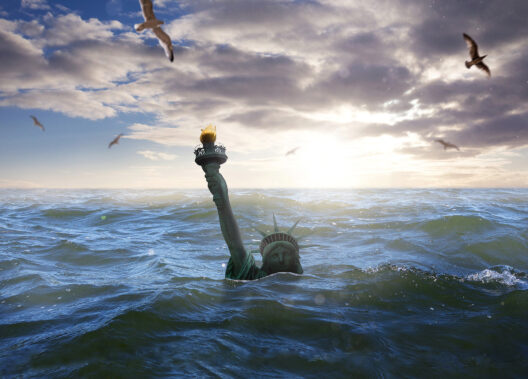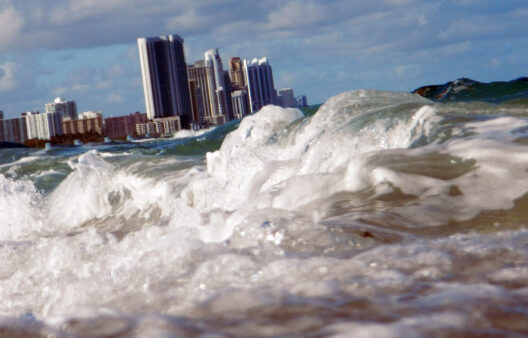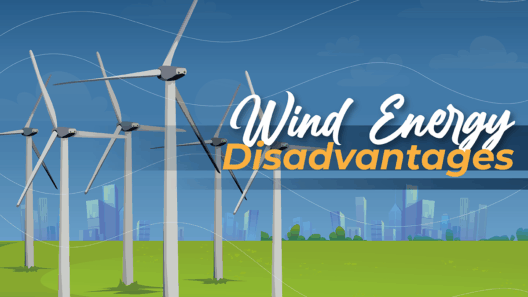Wind energy has gained considerable traction as a prominent green energy solution, often touted for its sustainability and environmental benefits. However, while it promises a shift towards a cleaner energy future, it is vital to examine the less visible yet significant disadvantages that accompany its implementation. Understanding these drawbacks can foster a well-rounded perspective on wind power and its role in energy generation.
In this article, we will delve into the various aspects of wind energy’s disadvantages, shedding light on the nuances that critics often discuss. Through a careful examination, we will uncover the complexities of relying on wind power as a primary energy source.
Environmental Impact: A Double-Edged Sword
Although wind energy boasts lower greenhouse gas emissions compared to fossil fuels, its production and operation bring environmental concerns that cannot be ignored. The construction of wind farms necessitates substantial alterations to landscapes, leading to habitat destruction. These vast turbines often inhabit wide expanses of land, which may disrupt local flora and fauna, jeopardizing ecosystems in the process.
Moreover, the materials utilized in manufacturing wind turbines—such as steel, concrete, and rare earth metals—pose their own set of environmental challenges. Extracting these resources can lead to pollution, habitat degradation, and extensive carbon footprints during production and transport. When considering the entire lifecycle of wind energy, from resource extraction to turbine decommissioning, it raises questions about the overall sustainability of this renewable resource.
Noise Pollution: The Unsung Culprit
Many individuals remain unaware of the acoustic footprint that wind turbines impose upon nearby communities. Wind turbines produce a continuous whooshing sound, exacerbated by the rush of blades passing through the air. This noise pollution can be a significant concern for residents living in proximity to wind farms, leading to disturbances in daily life.
In studies, the effects of prolonged exposure to turbine noise have been documented, contributing to difficulties in sleep and increased stress levels among affected individuals. As with any industrial operation, the awareness of community sentiment is essential; disregarding the social impacts of wind energy can lead to public opposition and contribute to conflicts over land use and placement of facilities.
Intermittency: The Challenge of Consistency
Wind energy production is inherently intermittent, dependent upon the availability and variability of wind. While wind can be harvested effectively during certain conditions, there are times when the air remains still, and turbines produce minimal or no electricity. This dependence on fluctuating weather patterns creates a challenge for energy planners and grid operators, who must ensure that power demands are consistently met.
To mitigate this intermittency, energy systems often delve into complementary energy sources. Integrating wind power with conventional energy generation is essential to provide reliable electricity. However, this hybrid approach may lead to a compromise in the pursuit of a fully green energy solution. Essentially, enhancing wind energy accessibility requires an investment in energy storage solutions, which poses its own environmental implications.
Land Use and Aesthetic Considerations
Wind farms can occupy vast tracts of land, raising concerns about land use, especially in regions suitable for agriculture or natural spaces. This competition for land could lead to conflicts in land management and development priorities, particularly in densely populated or ecologically sensitive areas.
Furthermore, the visual impact of large wind turbines on the landscape is a contentious topic. Many argue that wind farms can mar the beauty of natural vistas, impacting tourism and the intrinsic value of scenic locations. For communities embracing eco-friendly initiatives, reconciling the visibility of wind farms with their perceived aesthetic charm can lead to polarized opinions, complicating local integration efforts.
Wildlife Threats: The Clash with Nature
One of the most prominent environmental controversies surrounding wind energy revolves around its impact on wildlife. Birds and bats have been documented as collateral casualties of wind turbines, which can pose lethal threats as these animals traverse migratory routes or forage in their natural habitats. While researchers are exploring innovations to minimize wildlife interactions with turbines, this concern remains a significant factor in the debate over wind energy’s sustainability.
Furthermore, some studies indicate that certain habitats may suffer from fragmentation due to the infrastructure associated with wind farms. This fragmentation can exacerbate existing challenges that wildlife faces in adapting to changing landscapes. As global wildlife populations face increasing pressures from climate change and habitat loss, the additional stress inflicted by wind projects requires careful consideration by policymakers and environmental advocates alike.
Conclusion: A Balanced Perspective
Wind energy presents an alluring pathway toward a more sustainable future. However, acknowledging its disadvantages is imperative for a balanced discussion about its viability as a primary energy source. By exploring environmental impacts, noise pollution, intermittency challenges, land use, aesthetic considerations, and wildlife threats, we gain a comprehensive insight into the multifaceted nature of wind power.
This examination does not refute the merits of wind energy; rather, it prompts a call to action for continued research, technological innovation, and community dialogue to mitigate adverse outcomes effectively. As we stride into a future striving for sustainable energy solutions, understanding both the benefits and pitfalls of our energy choices prepares us for informed, strategic progress.
